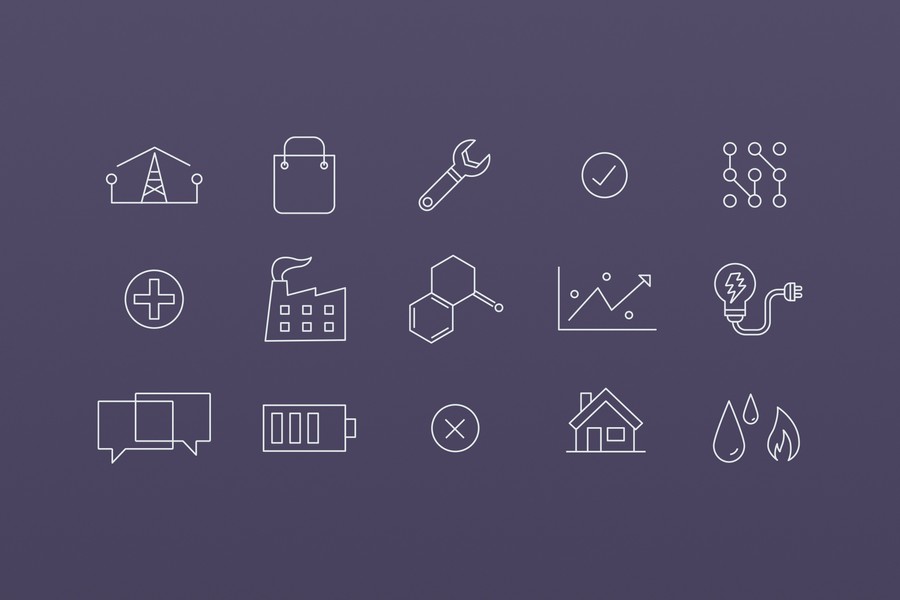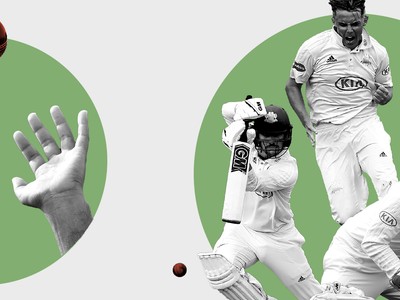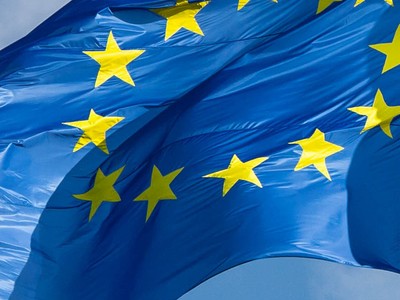Kraft Heinz
Price $51.12
52 week high-low $82.48−$50.41
Net Yield 4.9%
Hist/Pros PER 14.8−14.1
Equity Market Cap $62,338m
Consumer Services
Andrew Larkin, IR Senior Manager
The next time you’re in the kitchen, have a look how many Heinz products you currently own, a tin of beans and some ketchup perhaps? Imagine you live in America, it would be safe to say that number is likely to double thanks to the merger of Kraft and Heinz in July 2015. Kraft derives the vast majority of sales from North America, from household name brands including Oscar Mayer, Jell-O, Capri Sun, Philadelphia, Maxwell House and Lunchables.
The merger is now complete and focus is on growth which they say comes in three forms. Firstly, although you aren’t able to buy directly from Kraft Heinz, a dedicated team has been put in place to ensure that their products are at the top of internet searches. Ecommerce sales remain only 2% of the business with premium brands the only ones gaining traction through online supermarkets and Amazon.
Secondly, management are placing more scrutiny on service and delivery. We were surprised to learn that Kraft Heinz have been so poor at delivering the right goods in a delivery window (e.g. delivering too many cans of baked beans on the wrong day or too late in the day).
Lastly, this year they renovated some of their brands by removing unhealthy ingredients without making a song and dance about it. Once complete, the company then marketed products as if they had always been the healthy option. They are also launching campaigns targeted at picking up new customers focused on health. One of the success stories has been “Just crack an egg” which is a series of breakfast products where you need only to add a fresh egg.
The shift away from both unhealthy foods and from traditional big brand names has left companies like Kraft Heinz under pressure recently. The fast moving consumer goods space is just that, and doing the simple things well combined with some intelligent innovation is key.
Halma
Price £13.72
52 week high-low £15.07−£11.36
Net Yield 1.1%
Hist/Pros PER 32.2−28.3
Equity Market Cap £5,391m
Industrials
Andrew Williams, CEO and Marc Ronchetti, CFO
We caught up with the management following the release of Halma’s half-year results. Much of the conversation centred around the company’s strategy moving forward, which in truth hasn’t changed much over the years. Halma operates as a holding company and has been successful in acquiring and developing businesses which operate in niche markets and produce products linked to the themes of safety, health and the environment. For example, Halma holds companies involved in the production of fire detection and elevator safety systems. These end-markets have seen good growth but are also typically less discretionary in their nature (i.e. regulation dictates the requirement for fire detection systems) meaning that they should see less cyclical demand. There are nonetheless cyclical elements to the group through its exposure to Utilities, Oil & Gas, but management do not believe the top of the cycle has been reached in these markets yet.
Typically, Halma has bought three or four companies a year, sold one and merged two others. This has resulted in the number of underlying companies remaining relatively static. When Andrew became CEO in 2005 there were 45, they now have 42, despite revenues more than tripling during that time. Halma has been able to do this through operating a management structure whereby each business is run autonomously, but can still access central resources, and their management teams are incentivised to grow profitability.
Some investors have been concerned that in order for Halma to continue to grow their revenues at the rate that they have in the past, they will need to make more acquisitions, or larger acquisitions, increasing execution risk. Andrew politely disagrees and believes that given the organic growth profile of the group, they can maintain the acquisition strategy which has served them well in the past.
Total
Price €49.17
52 week high-low €56.82−€43.09
Net Yield 4.4%
Hist/Pros PER 13.4−10.4
Equity Market Cap €135,735m
Oil and Gas
Patrick de la Chevardière, CFO
Total is France’s largest oil company with a market capitalisation of around €135 billion, which ranks it just below Exxon Mobil, Chevron and Royal Dutch Shell in size. In Liquid Natural Gas or LNG, they rank second only to Royal Dutch Shell.
This was Patrick de la Chevardière’s first visit to JM Finn and he started by outlining an exciting average volume growth profile expectation of 6% to 7% per annum over 2017-20. LNG takes a large part of this growth benefiting from strong demand from Asian markets. We were told that two main drivers were China switching away from its much publicised polluting coal and Japan refusing to re-start its nuclear power after the Fukushima disaster.
Alongside their expected growth profile, Patrick is driving a strong cost cutting program. When you add in their expectations for on-going price deflation from their suppliers, the combination starts to paint an attractive profile for profitability as well. Along with Moscow-listed oil company Novatek, Total jointly own a Russian LNG plant (“Yamal”) on the North coast of Siberia. They have just finished building Yamal but what was interesting is that most of the 142 modules for Yamal came from China; as did half of the project’s debt finance. Whilst Chinese plant and machinery has always been considered to be cheap, it appears that the Chinese are now surmounting quality concerns and that a round of deflation could permeate through the industry.
Patrick said that Total’s balance sheet strategy is to maintain gearing below 20%, so they can take advantage of a resilient balance sheet at the bottom of the next down turn. But like all oil companies, output growth shrivels in significance if the oil price falls by 25%.
BASIC MATERIALS
Rio Tinto, Croda International,
BHP Group, Johnson Matthey
HEALTH CARE
Smith & Nephew,
Dechra Pharmaceuticals,
Astrazeneca, NMC Health
CONSUMER GOODS
The Kraft Heinz Co,
Sumo Group,
Unilever, Persimmon
INDUSTRIALS
Melrose Industries
Electrocomponents
De La Rue, Ricardo
Equiniti Group
Keywords Studios, Halma
CONSUMER SERVICES
RELX
Intercontinental Hotels Group
Whitbread, Greene King
Greggs, ITV
OIL AND GAS
BP, Total, Chevron, Hunting
FINANCIALS
British Land Co, Barclays
HSBC Holdings, Schroders
Standard Chartered
London Stock Exchange
Royal Bank Of Scotland
TELECOMMUNICATIONS
Vodafone Group, Verizon Communication
UTILITIES
United Utilities Group
Severn Trent
National Grid SSE



